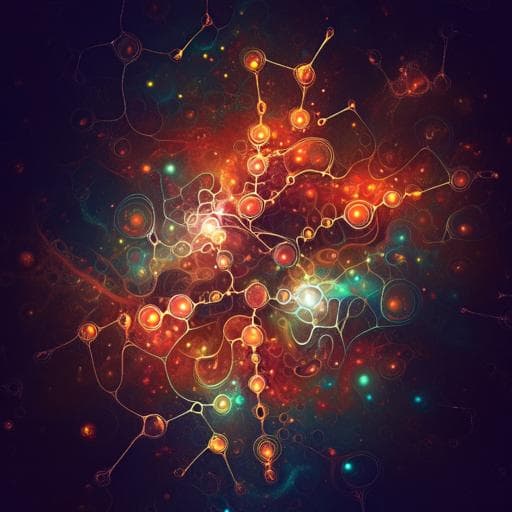
Biology
A yeast platform for high-level synthesis of tetrahydroisoquinoline alkaloids
M. E. Pyne, K. Kevvai, et al.
Discover a groundbreaking yeast THIQ platform developed by Michael E. Pyne and colleagues that significantly boosts the production of (S)-reticuline, paving the way for the synthesis of a diverse array of tetrahydroisoquinoline products, including natural and semi-synthetic opioids.
~3 min • Beginner • English
Related Publications
Explore these studies to deepen your understanding of the subject.







